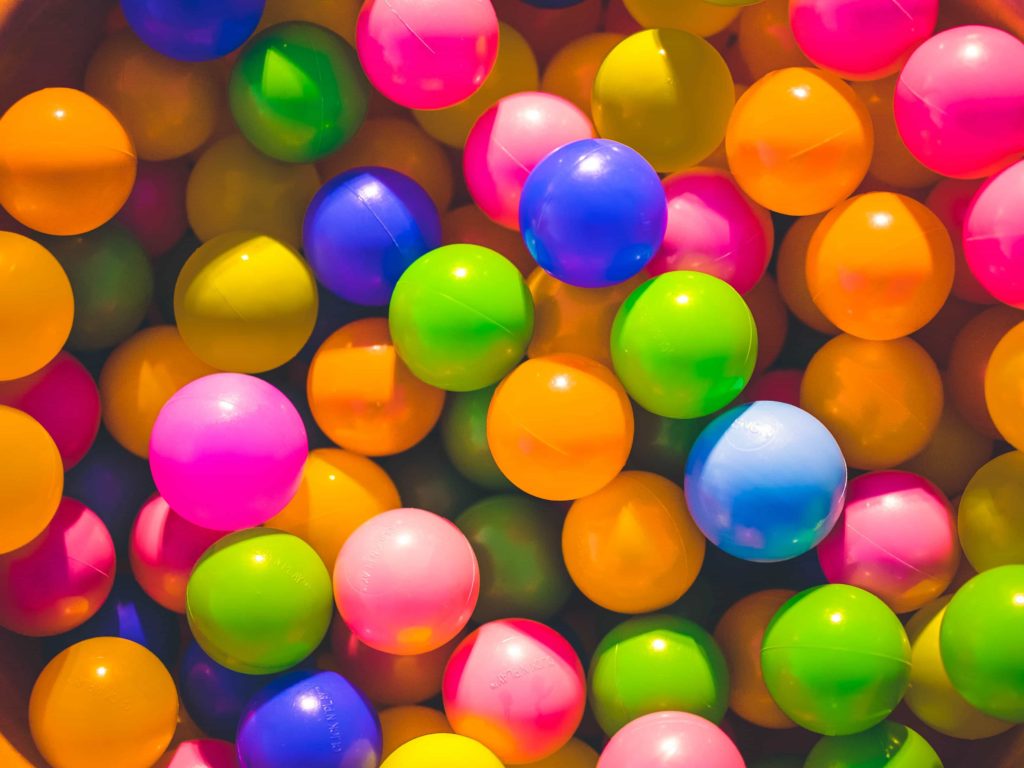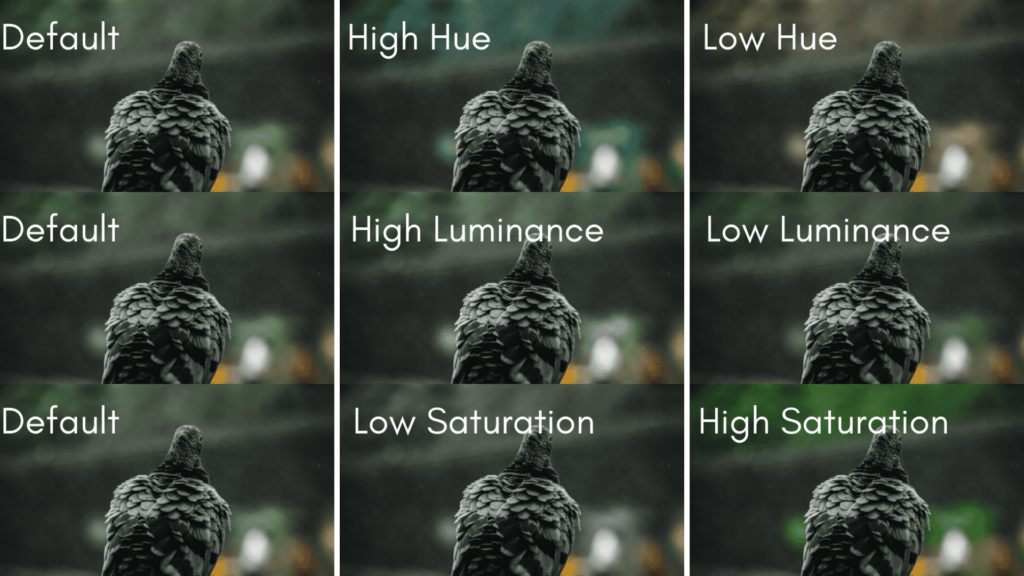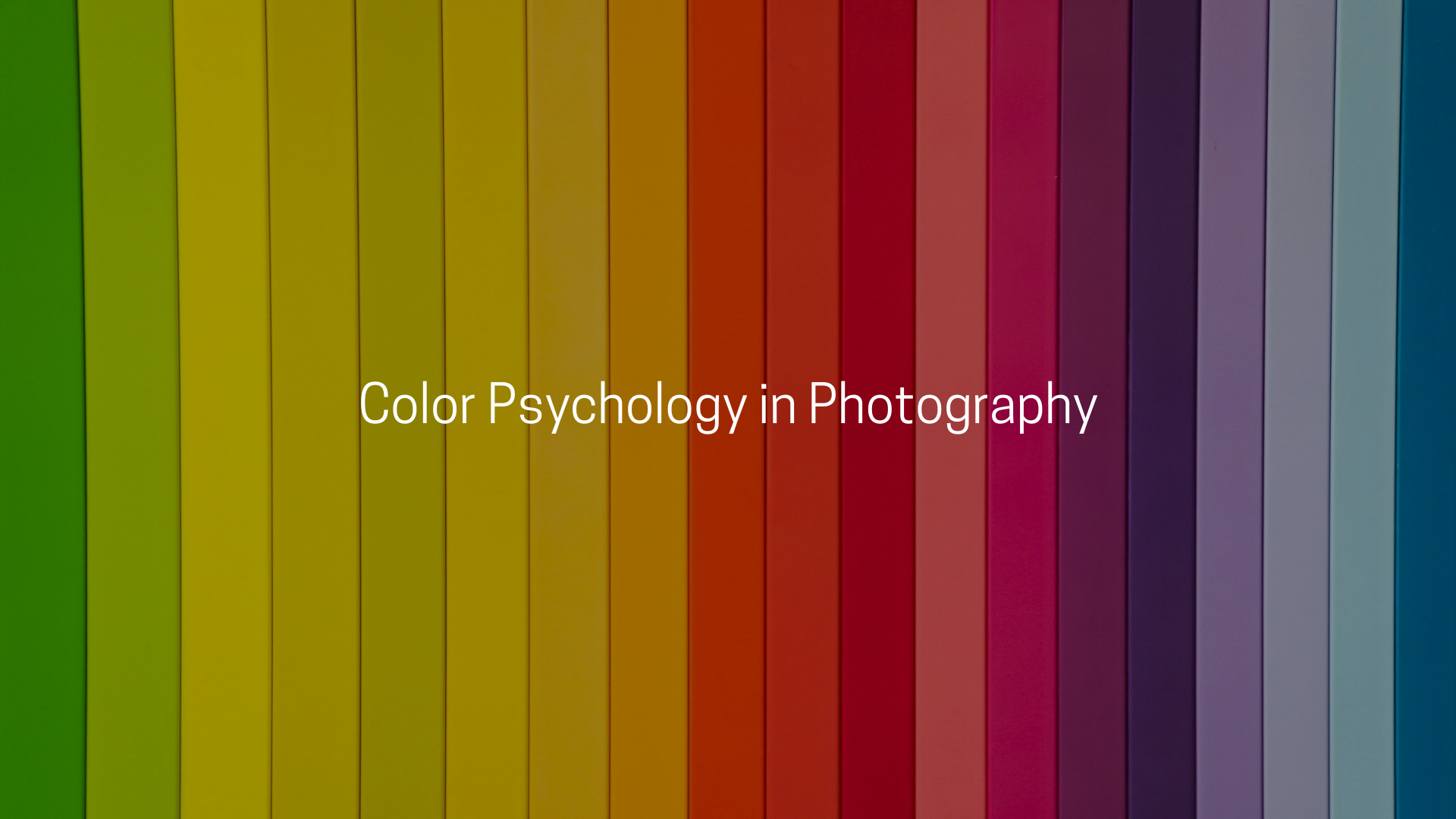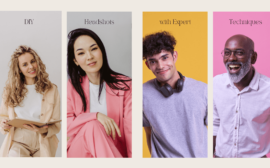Photography is not just about clicking pictures, It is also about color psychology.
Understanding the colors and using them in the photographs and videos rightly is what it means.
It is getting a deep understanding of what colors make you feel.
Color Psychology includes choosing what particular colors in images can form a certain mood for the subject in front of the camera and the audience.
It is like a visual language that the photographers use for the spectators to feel certain emotions and react in some ways.
If you are trying to improve your work in photography or are just trying to begin your career in this field, understanding how colors work and how to use them effectively has to be an absolute must for you.
Let us learn in-depth about color psychology and how it all works in Photography…
Why do we need color psychology?
Color psychology can enhance the mood of the images and present emotions and a message through them.
By correctly using the colors in the pictures, you get a hold of the feelings and emotions that the image will portray in the end.

If you do not consider the color theory, the message you want to give the audience might change.
For example, using cold and dark colors in the portrait of a newborn baby might change its emotions.
It might conflict with the expected joyous and happy feeling of the birth of a baby.
Have you ever loved a picture and found it captivating but could not know why?
Apart from using exposure and lighting right, the photographer must have added a touch of color theory while clicking the photograph.
Color theory or psychology plays a crucial role in photography.
But there are still a lot of photographers not familiar with it.
Cinematic presets of various types are available in many photo editing apps and sites that you can use to create a particular mood in your photos.
Colors in photography
You can not change the colors in front of the camera and the surroundings of the subject.
But the effect can be enhanced or reduced accordingly post-processing.
You can do it by playing with lighting, saturation, and hues.
check this below example to understand the effect of Hue, Luminance and Saturation on one single image…

The meaning of color can be affected by geography, color, time of the day, gender, and many other factors.
That is why a single color can have several meanings. Let us discuss the significance of the most common colors used in color psychology.
Red
We all know the color red stands for love, passion, anger, danger, etc.
It is an emotionally intense color.
Red is very effective, mainly when used against a dark frame.
Therefore you must use the color meagerly.
Pink
Pink reminds us of joyfulness, cheerfulness and has a strong feminine quality.
It also is associated with romance and tenderness.
If used in an excessive amount, it can also portray vulnerability and weakness.
Green
Green is a very positive color and is associated with greenery, nature, prosperity, and harmony.
This color is stress-relieving.
Yellow
Yellow has the highest luminosity level and is known to be a color of brightness, warmth, happiness, and wealth.
Black
Black is a color comprising of both the negative and positive aspects.
It links to sophistication, elegance, death, evil, power, etc.
It stimulates strong emotions that can be too overwhelming sometimes.
White
White is associated with elegance, peace, purity, strength, and peace.
It links with the clarification of all the negative thoughts and fresh beginnings.
How to use color psychology to create a dynamic image?
Color psychology is the understanding of the colors, how they affect human behavior and what they perceive out of that image.
It is used in marketing and plays a huge role in branding.
It can affect the final decision of the consumer.
Many apps and sites provide some built-in cinematic presets.
Paid presets of a wide variety with a wide range of colors are also available.
Hue, saturation, and luminance (HSL) are the three variables of colors.
These variables can enhance your images and make them look even better and effective.
It helps the photographer portray the emotions in a much better way.
Conclusion
Colors really help you to impress the viewer.
no matter if you’re taking shots that include some outstanding color combination or adding color during an editing session.
but as a photographer, color psychology is very important stuff to learn.
you can make viewers sad or happy by just adding/applying different color combinations.
If you want to edit your images and alleviate their look, you can get the best presets and cinematic luts.
It can add a spark to your image without putting in a lot of effort.
May you like
- 7 Proven & Unique Ways to Earn As Photographer
- 10 Sharp & Easy Editing Tips To Make Any Photo Look Professional
- Top 17 Photography Hacks You Should Know And Master Right Now
That’s all you need to know about colors if you’re a photographer and want to express your photos in a different way.
which color do you love the most to add to your images while editing?






